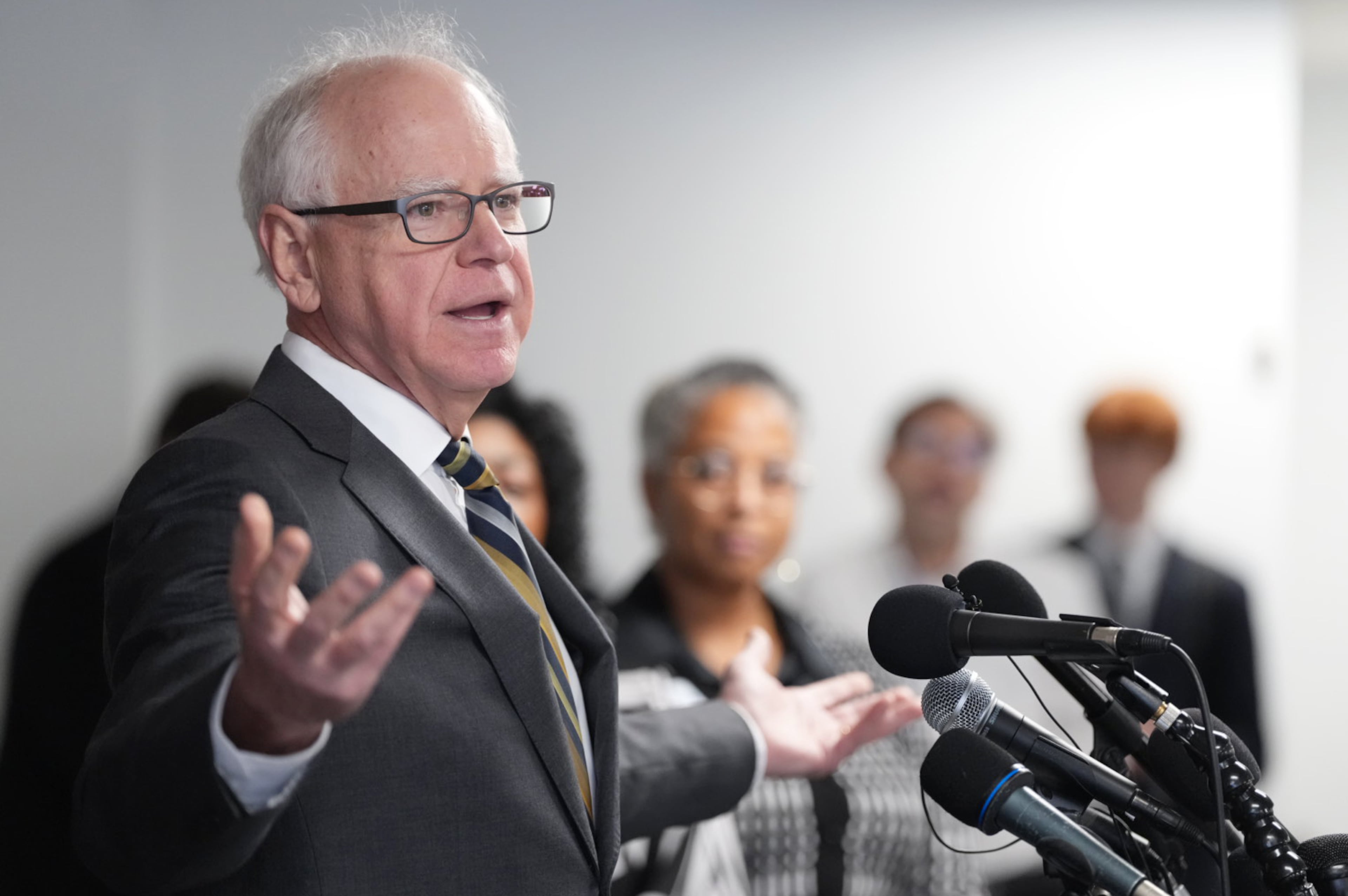All eyes are on Georgia this election cycle

We are in wild and crazy 2024 presidential election summer with ups and downs, including an assassination attempt on former President Donald Trump and President Joe Biden leaving the race, allowing Vice President Kamala Harris to energize the Democratic Party ahead of its convention in Chicago in August.
But all eyes this week are on Georgia, where the vice president is holding a rally today and the former president on Saturday. Democrats are pouring in money, hoping to sway the state, which Biden won narrowly in 2020. Georgia is a major prize for either candidate.

Atlanta was recently named one of America’s best cities at a time when cities and town across American are struggling and when we need good models. Atlanta’s urban development and vibrant arts and culture scene are worth highlighting.
We tend to think of America’s troubles in big terms like democracy and civic discourse and in macroeconomic issues such as inflation and immigration — top issues for voters. But there are smaller, everyday ills that plague our small towns and big cities.
Start with America’s downtowns — the “main street” image we have of quaint restaurants, souvenir shops and ice cream parlors — where studies show more Americans want to live. According to Census Bureau data, parts of the country with a population below 1 million saw more people moving in, and areas with more than 4 million people lost population.
But are small town offering what they used to?
Small towns should be sleepy but safe. Yet many have faced shortages of police — a nationwide problem that has left more than 500 U.S. towns and cities with no police department. And there is concern about police officers coming to towns from big cities to avoid scrutiny.
And all those gift shops and independent bookstores are challenged by online shopping and high rent costs that make the brick-and-mortar places hard to sustain.
Geographic flexibility to move depends these days on remote work, which up to a third of Americans now have. Atlanta rises to the top as the best remote opportunity city — its third year in that place — in a nation with many “ghost towns” (San Francisco and Washington, D.C., are just two examples) leading to what some experts call an “urban doom loop.”
But the coronavirus pandemic left office buildings underused and downtowns chillingly empty despite pleas and, in some case, insistence that workers return to the office.
With empty offices, consumption of goods and services in some cities have created pressures on small businesses such as parking garages, restaurants and after-work entertainment as people find ways around staying in downtown offices, including “coffee badging” where you stop into your workplace, have a coffee, report that you came and then leave.
Commuting is another obstacle for cities, including Atlanta.
According to multiple studies, the average American commuter using a car spends more than 25 minutes a day getting to work, and use of public transportation leads to an additional 45 minutes per day.
Environmental issues have also strained city life in places like Phoenix. Georgia, though, just created a climate plan with money from the Inflation Reduction Act.
And homelessness is at record high levels in cities across, America according to government reports, thanks in part to increased rents, higher mortgage interest rates than before the pandemic and a tight housing supply.
A lot can be done to address the problems that plague small towns, rural areas and big cities.
Landscape and architectural design will become critical, along with urban planning, housing and transportation upgrades.
Greg Lindsay, an urbanist and futurist who has been studying cities for decades, describes the notion of a “15-minute city” — where everything you need “work, shopping, education, health care and leisure activities can all be accessed by citizens within a 15-minute bike ride, or public transportation,” which would reduce the need for cars.
To help get there, cities can offer tax breaks to convert offices to apartments and use more pedestrian-only zones and loosen regulations around food trucks. Atlanta still has a low post-pandemic office occupancy rate.
Community engagement projects with federal, state and city funding are helping to drive growth and development.
The next president will have a full domestic and global agenda. But keeping America as a beckoning nation starts with looking at model cities like Atlanta, which upped its game in 1996 with the Olympics and has been climbing ever since in popularity.
Tara D. Sonenshine, a U.S. undersecretary of state for public diplomacy in the Obama administration, is a senior nonresident fellow at the Fletcher School of Law and Diplomacy at Tufts University.

